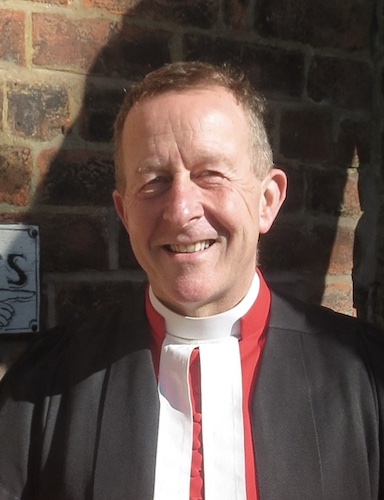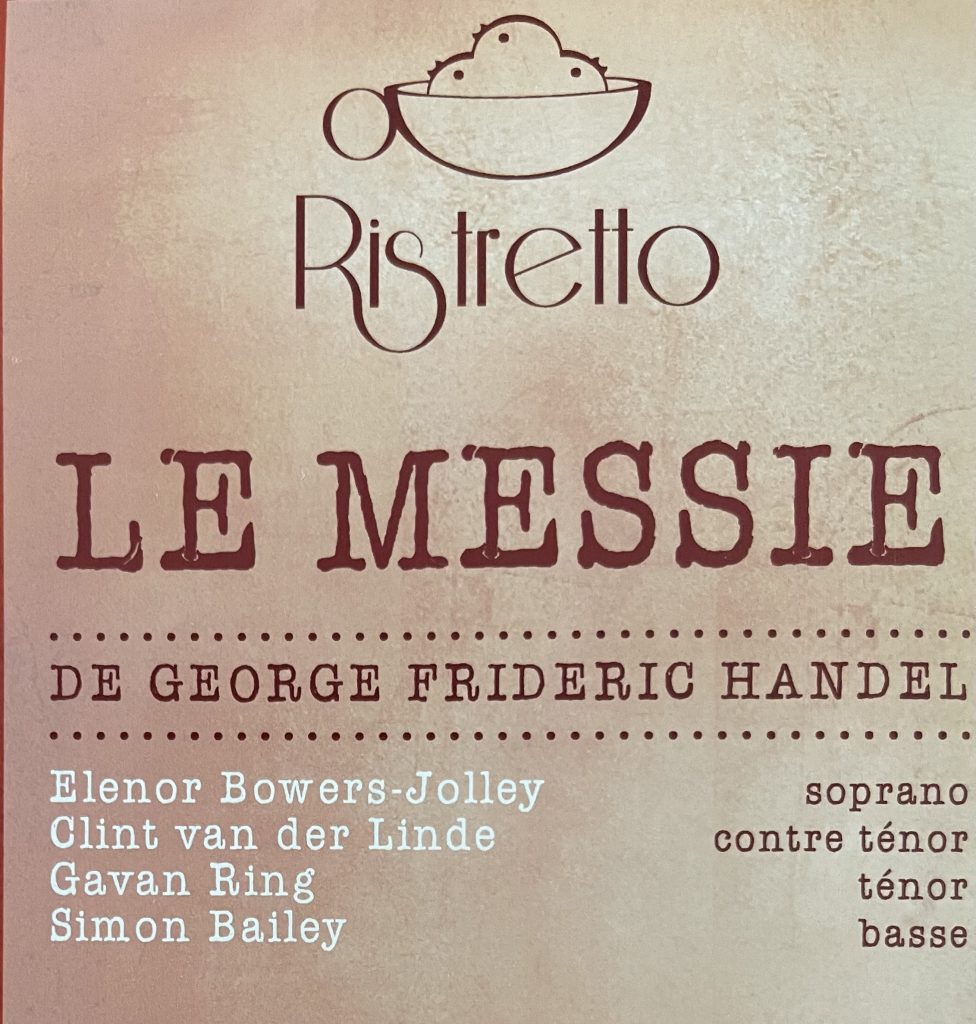Music for December
Sunday 7th 10.30am Holy Communion
Setting
Batten – Short Service
Hymn
30, 391, 45, 814
Motet Advent Antiphon
O Christ, King of all nations (Walker), O key of David (Girdlestone)
Sunday 14th 10.30am Holy Communion (Said Eucharist)
Sunday 14th 7pm Nine Lessons and Carols
As per service sheet
Sunday 21st 10.30am Holy Communion
Setting
Byrd – Three-Part Mass
Hymn
38, 50, 42, 41
Motet Advent Antiphon
O Adonai (plainchant), O Rex gentium (plainchant)
Sunday 28th NO SERVICE
Music Matters
The Young and Talented
November will be a busy musical month for the church, with the service of Remembrance on the 9th, and Choral Evensong (Armistice) on the 11th, in addition to rehearsals for Messiah which we will be giving on the 29th, followed the very next morning by the first Sunday in Advent.
The past month of October was marked by the visit of the King’s School Canterbury Crypt Choir, a Saturday evening concert and Sunday morning Communion, both of which certainly left their mark. Encouraging young and talented musicians is something of supreme importance, and in that particular context we are grateful to the generous initiative of Simon Groom.
Talking of Simons, we welcome once again Simon Bailey, our peerless bass soloist for Messiah. Simon has been singing major roles in the world’s top opera houses for some years, but when I first knew him, he was a naughty boy in the back row of the chorus at the European Union Opera in Baden Baden. He sat next to an equally naughty Roland Wood, now one of England’s leading baritones, and I can assure you that as chorusmaster I had my time cut out keeping the pair of them in order.
I mentioned John Keble in a recent issue and, as it happens, we were in the Chapel of the Oxford college bearing his name only last week, listening to the choir of the not-so-long-ago-created Keble choral foundation rehearsing music by Stanford and Sir William Harris. As we were in the first week of Michaelmas Term – the first of the academic year – about a third of the choral scholars were freshers still finding their feet, a real pleasure to watch and hear!



